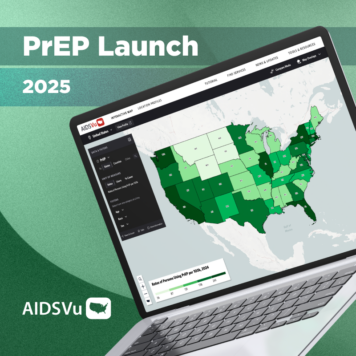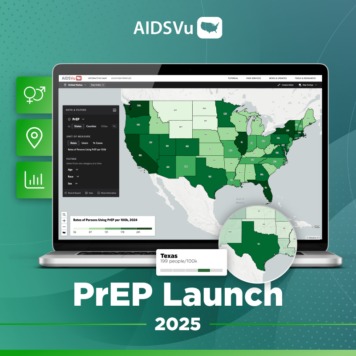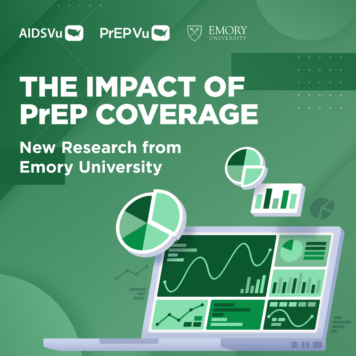In July 2014, researchers at Emory University’s Rollins School of Public Health used AIDSVu’s prevalence data to explore the relationship between HIV, poverty, and urban growth. The goal of the study – led by Adam Vaughan, MPH, MS, Eli Rosenberg, PhD, R. Luke Shouse, MD, MPH, and Patrick Sullivan, PhD DVM – was to determine whether poverty and urbanization can affect how communities are disproportionately impacted by HIV.
Using national HIV surveillance data at the county-level and other publicly available data, researchers looked at racial/ethnic disparities for all levels of urbanization in 1,111 counties across the U.S. They found that poverty was only associated with HIV prevalence in major metropolitan areas, and in areas with the same levels of urbanization, prevalence rate ratios were not statistically different among black, white, and Hispanic persons at high poverty rates.
The study concluded HIV prevalence and poverty levels vary by level of urbanization, and noted that HIV prevention efforts should be tailored accordingly to suit the different needs of individual locations. Emory also noted that reducing HIV disparities among different race/ethnicity groups requires multifactorial interventions to link social factors with sexual networks and individual risk factors.




